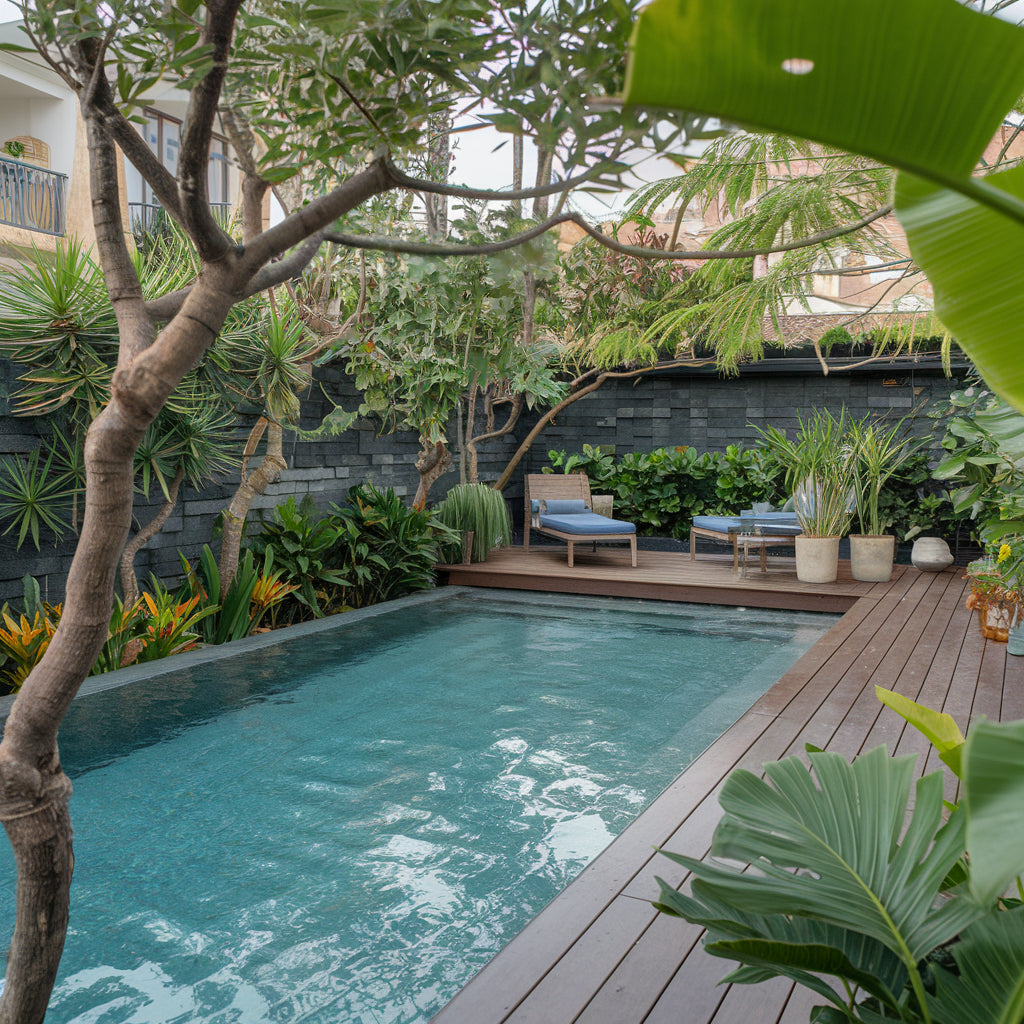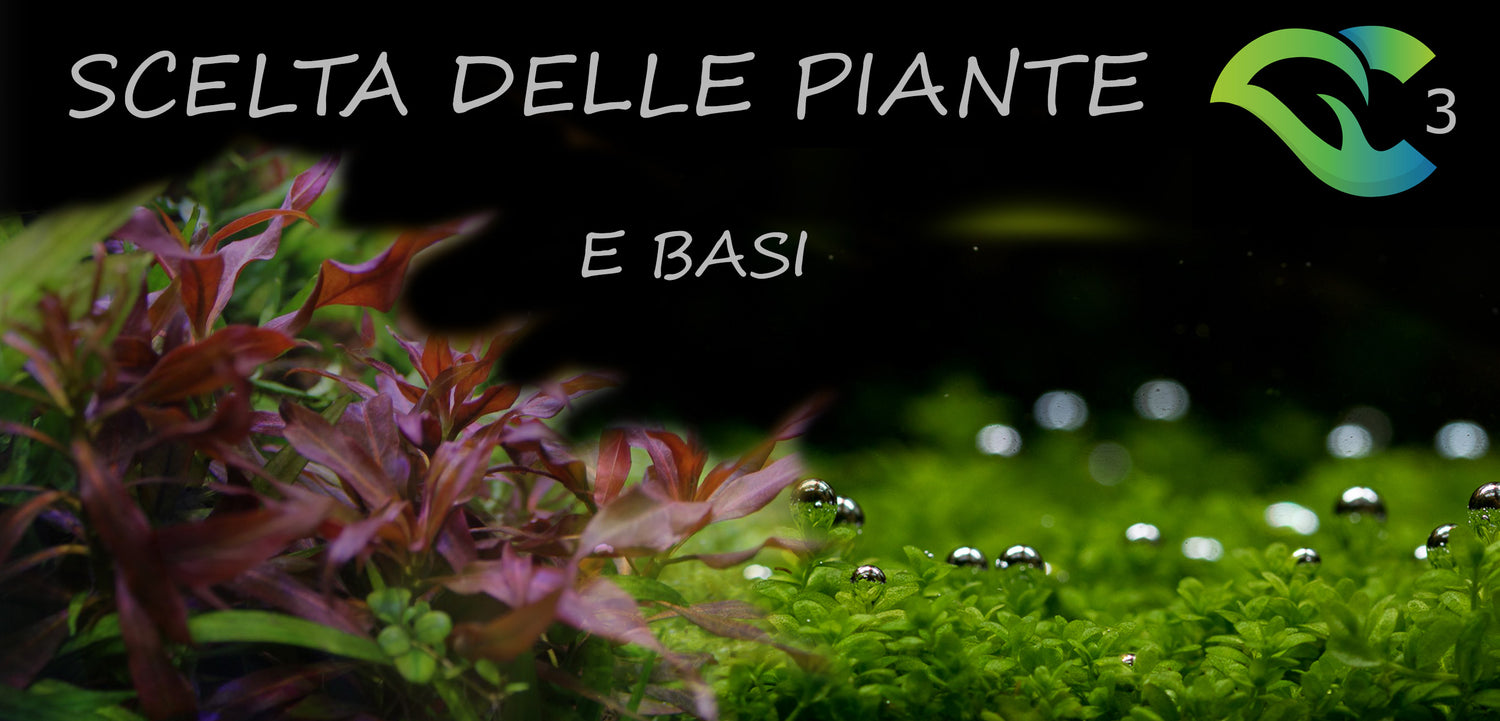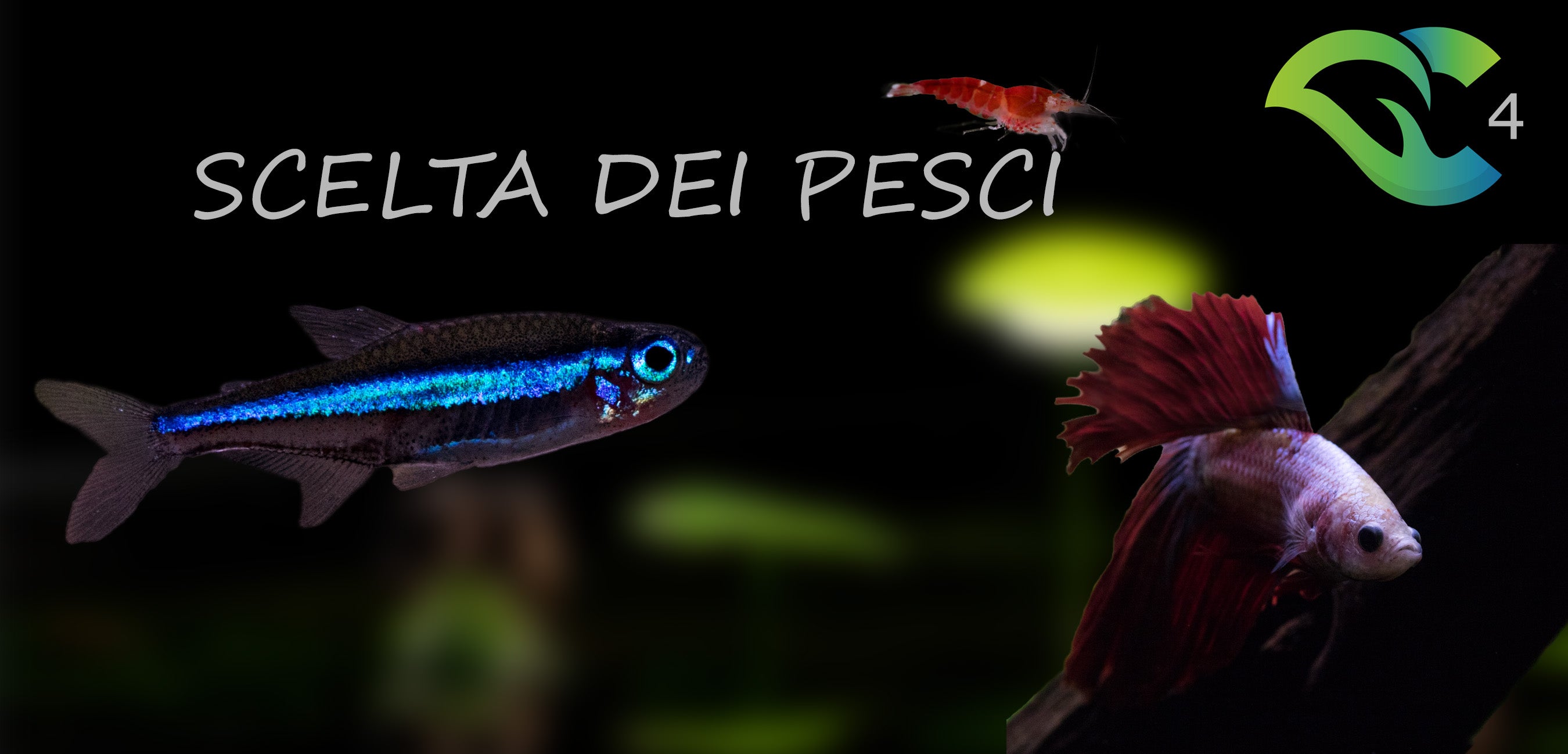If you already have selected materials and you've already learned the basics on how to start an aquarium, then it's time to insert the plants.
These will be the basis of your aquarium ecosystem. Furthermore, since it is aquascaping, it is important to understand which ones to select and where to place them inside the tank, as their growth must be controlled to avoid deforming your starting layout.
To obtain excellent results and create your perfect aquascape, I recommend that you have a CO2 system, good lighting and a fertilization plan. You can go and modify everything according to the needs of your plants.
This does not mean that if you are going to insert some plants in the aquarium you must necessarily have all the requirements described above, in fact there are slow-growing and easy-to-manage plants that, in the right aquatic balance, can grow fairly well. In this regard, I recommend less demanding plants with medium-slow growth of the genera Anubias, Microsorum, Bolbitis, Cryptocoryne, Echinodorus. I also recommend theEleocharis sp mini which will be a good option to create a carpet on the front, and many kinds of pussy that will add an extra touch to your aquascape, covering roots and setting up or creating rugs.
These are good alternatives if you don't have enough time and budget to get started.
However, I recommend not to flaunt on the savings of good lighting, a good CO2 system and a fertilization plan, because they are the basis for obtaining lush growth and the benefits will be very evident, moreover many species of plants will need more attention in this regard.

As mentioned above, to get the most out of your plants it will be necessary to achieve a good balance between LIGHTING-CO2-FERTILIZATION. The advent of algae, plant growth blocks and many other problems will be linked to an imbalance of these three factors. If we increase or decrease the percentages of one of these three factors, we will necessarily have to readjust the remaining two in proportion.
This is why it is essential to select the material to be used well and to select the types of plants to be inserted
TIPS ON CHOOSING PLANTS AND MOSSES:
PUSSY:
There are several species of mosses (Taxiphyllum barbieri, Vesicularia dubyana, etc) which will be essential in providing a totally natural look to your aquarium. These can be anchored or glued in any position of the tank to cover crevices, roots and rocks. There is also the Cladophora aegagropila, similar to a moss but belonging to the algae family, which can also be used in the foreground.
I also recommend Riccardia sp. "chamedryfolia", a moss of more complex management than those mentioned above, widely used to form spectacular carpets.
Mosses will tend to expand covering the surfaces on which they rest and have a medium-slow growth. They prefer areas in dim light or in any case not in direct light.
EPIPHITE:
Epiphytic plants are the favorite plants of aquarists and are a favorite for aquascaping. In nature they grow on top of other plants or anchored to rocks and woods. We will therefore have to arrange for their positioning in the tank on set-up materials and to cover crevices between woods and rocks. Avoid burying rhizomes and roots.
The most recommended in this family are such plants Anubias, Bucephalandra, Microsorum e Bolbitis.
In these three groups, there are many varieties of plants that adapt to various specific needs and sizes.
I also recommend plants like the Hiccup floating, which anchored to rocks and woods will form thick foliage of great impact. However, these will require higher attention and therefore light, CO2 and fertilization.
LET'S DIVIDE THE PLANTS NOW MORE KNOWN IN DIFFERENT GROUPS, BASED ON WHERE THEY WILL GO IN THE AQUARIUM.
FIRST FLOOR:
In the front of your tank you can insert low plants, which can create carpets. It will be necessary (except in some cases) a strong lighting to make the plants develop correctly.
Here you are some my advice on some plants that you can use:
- Eleocharis little (O Acicularis mini) - Micranthemum sp. Montecarlo
- Hemianthus callitrichoides “cuba” - Glossostigma elatinoides
- Lilaeopsis brasiliensis - Utricolaria Graminifolia
SECOND FLOOR:
In the central part we will have all the epiphytes, i pussy and plants of the genus Cryptocoryne. The latter will be very important for the absorption of substances from the bottom as they are very rooting; also there are many varieties that can also be used in the foreground and background.
Also recommend other plants come:
- Pogostemon Helferi - Eleocharis Acicularis
- Alternathera reinikii “mini” - Sagittaria subulata
- Helantium tenellum green - Rotala macranda “red mini”
- Hydrocotyle verticillata
THIRD FLOOR (BACKGROUND):
In the back it is very common, as well as recommended, to use STEM PLANTS. They are fast-growing plants that will be able to create bushes and groups in the rear area. I also particularly recommend adding this type of plant to the tank, especially if you have just started the aquarium; they will in fact be able to buffer any excesses of nitrites and nitrates during the "start up" phase.
Here are some examples of plants you can use:
- Rotala sp green - Limnophila hippuridoides
- Limnophila sessiliflora (and/or heterophylla) - Ludwigia repens
- Rotala rotundifolia - Ludwigia arcuata
- Rotala Vietnam
- Rotala indica
Other plants to be used in the foreground or background can be rooting plants of the genus Echinodorus and Vallisneria.
There are many other species belonging to these three groups described above, also I want to clarify that this list is just an example to order ideas if you do not know which plants to buy to set up your aquarium. I therefore invite you to change your choices based on your tank, your goal and your management skills.

The contents on the blog "ACQUARI e ACQUASCAPING", of which the blog owner is the author, cannot be copied, reproduced, published or redistributed because they belong to the author himself.
It is forbidden to copy and reproduce the contents in any way or form.
The publication and redistribution of content not expressly authorized by the author is prohibited.
Copyright © 2021 ACQUARI e AQUASCAPING by Christian Tapella. All rights reserved





Leave a comment
All comments are moderated before being published.
This site is protected by hCaptcha and the hCaptcha Privacy Policy and Terms of Service apply.